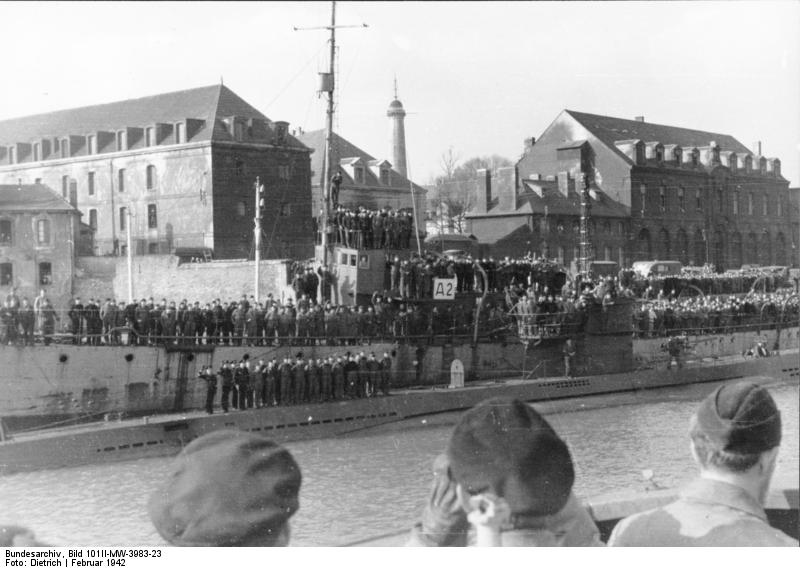WWII Wreck Off Long Island May Pose Pollution Risk
The U. S. Coast Guard has contracted salvage firm Resolve Marine to conduct an assessment of the wreck of the WWII-era tanker Coimbra. The operation will assess the condition of the tanker and the potential for environmental damage from any petroleum on board.
“We have assembled a team including members of the Navy Supervisor of Salvage, the Coast Guard Academy Science Department, the Coast Guard Atlantic Strike Team, National Oceanic and Atmospheric Administration, and New York Department of Environmental Conservation to provide consultation for this assessment,” said Capt. Kevin Reed, commander Coast Guard Sector Long Island Sound. “This assessment will help determine any potential environmental threat the tanker poses. Our top priorities are safety of the public and protection of the marine environment.”
A 1975 assessment of the wreck estimated the maximum contents of the Coimbra's cargo tanks at 28,500 barrels, not including any remaining bunkers. According to an analysis performed by NOAA, the most likely spill volume would be about one-tenth the maximum amount estimated on board, or about 2,900 barrels (120,000 gallons). Based on an analysis of surface currents, NOAA assessed that a worst-case spill could result in contamination at beaches between North Carolina and Cape Cod, depending upon prevailing conditions.
A casualty of Operation Drumbeat
On January 14, 1942, the 6,800-ton tanker Coimbra set sail from New York with a cargo of 64,000 barrels of lubricating oil. The next day, she encountered the German submarine U-123 at a position 28 nm off the coast of Long Island. At 0940 hours, the sub's crew fired one torpedo, which struck the tanker on the starboard side, resulting in an explosion and fire. A second round struck her below the funnel at 0959, and she broke up quickly. She came to rest on the bottom in three sections, with the midships segment partially buried.
36 members of her crew were lost, including the master, Capt. John Patrick Barnard. Ten men survived, including six wounded.
The Coimbra was one of the many Allied merchant vessels U-123 sank in the western Atlantic in the early months of 1942. In two quick tours, the sub also destroyed the Cyclops, Norness, Norvana, City of Atlanta, Ciltvaira, Culebra, Pan Norway, Muskogee, Empire Steel and USS Atik, among others.
U-123 was just one of the many U-boats deployed to the eastern seaboard of North America during what German submarine commanders referred to as the "Second Happy Time," when Axis subs destroyed over 600 Allied ships in the span of eight months.

U-123 at Lorient, two weeks after the sinking of the Coimbra (German Federal Archive)
